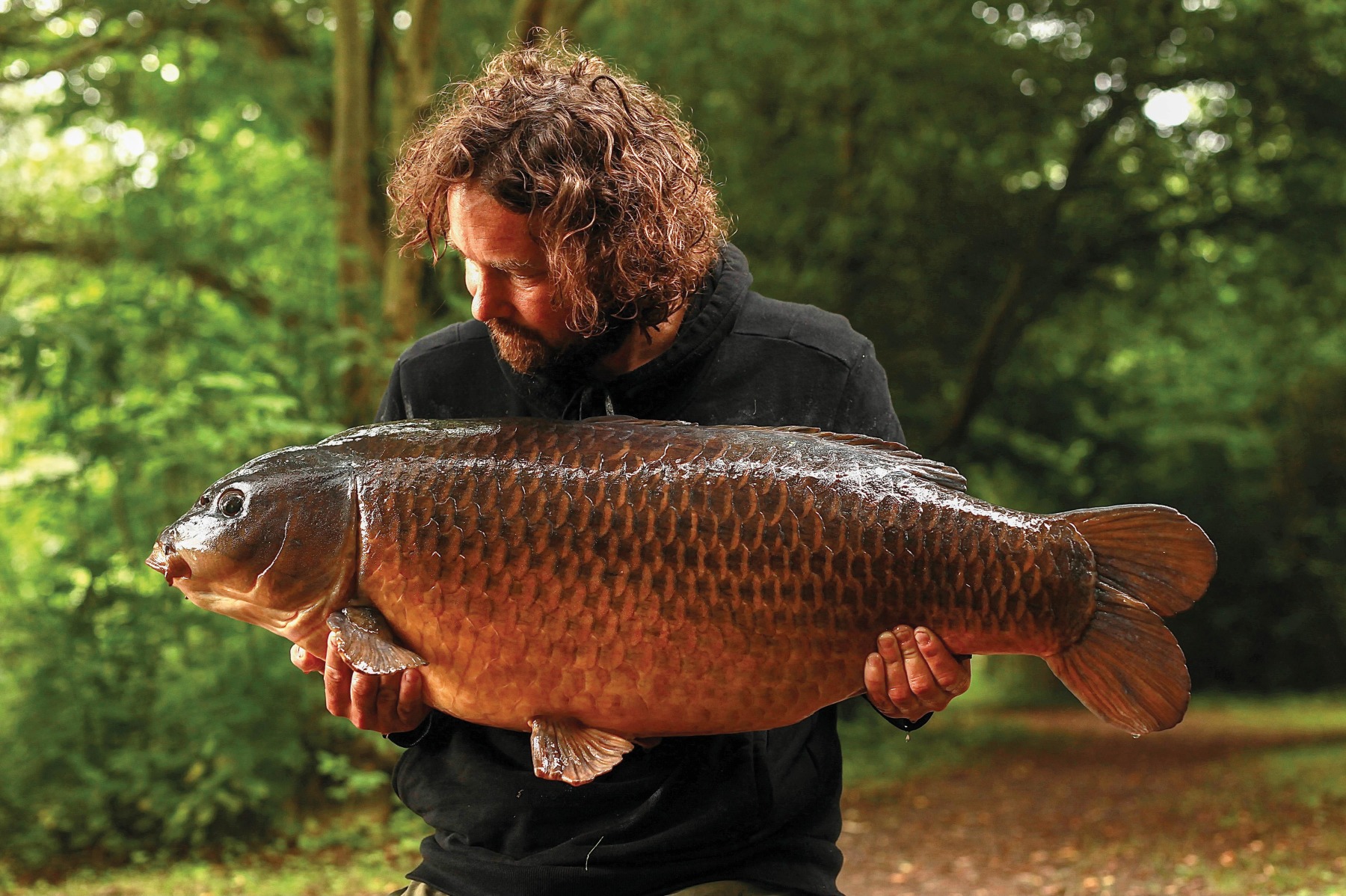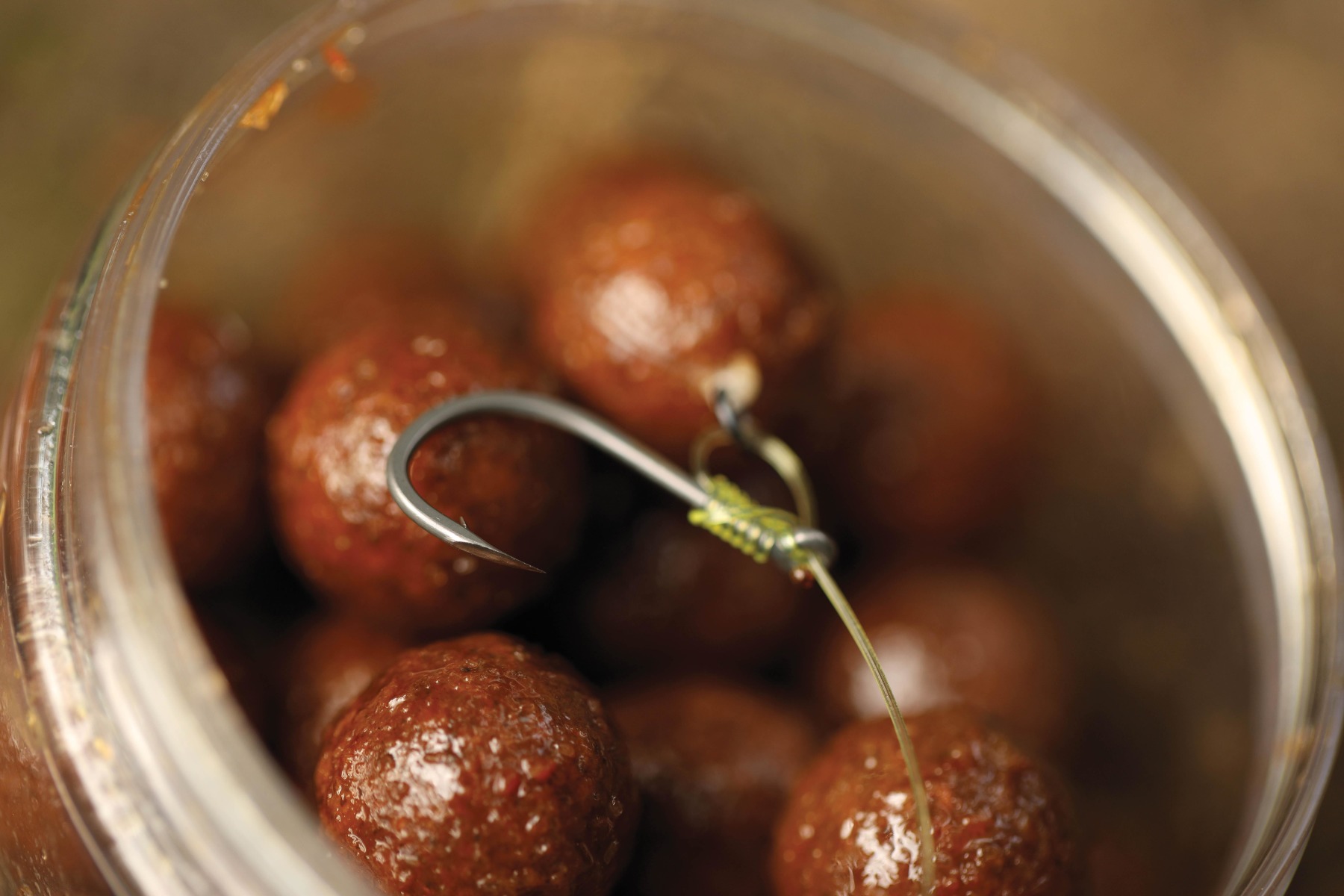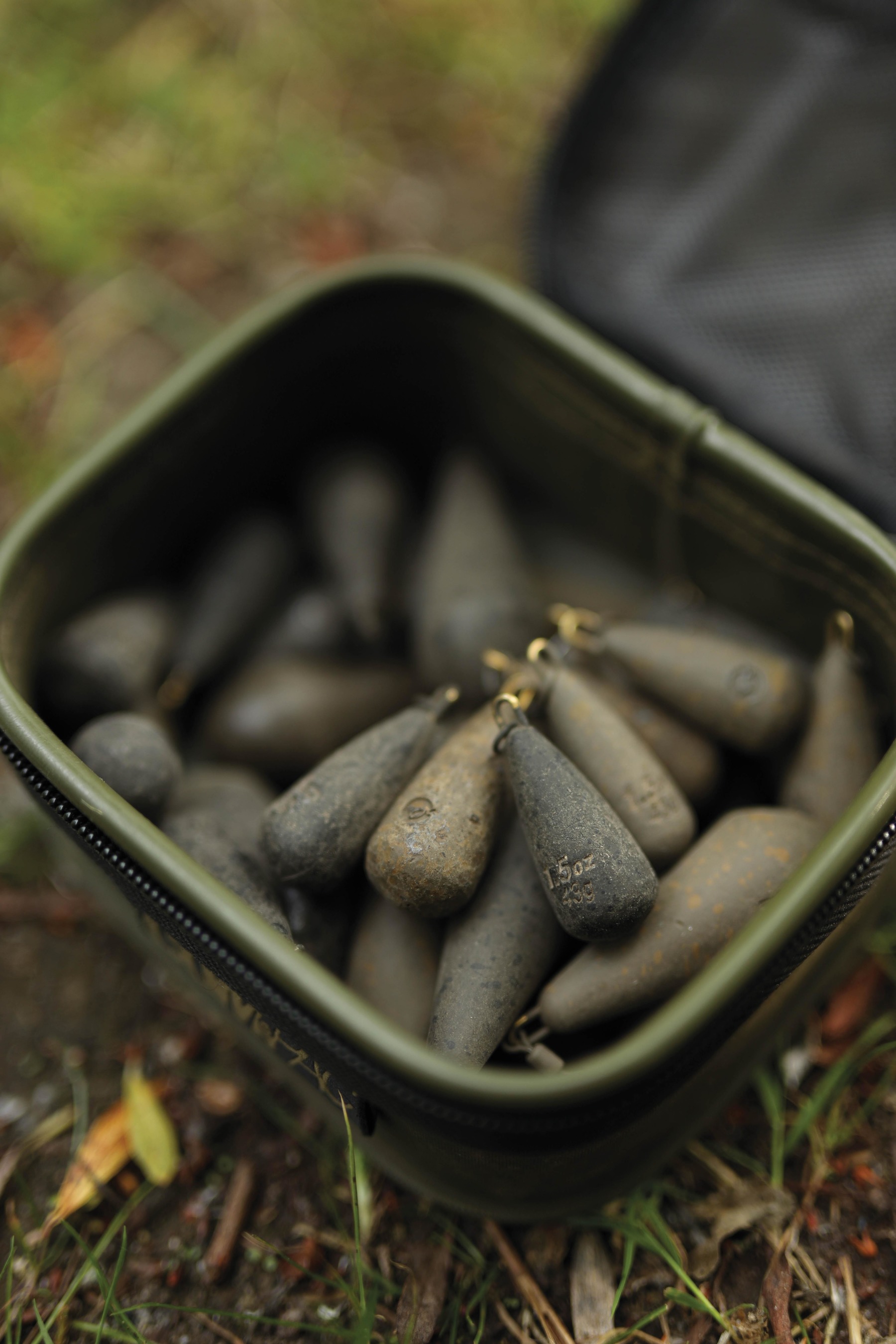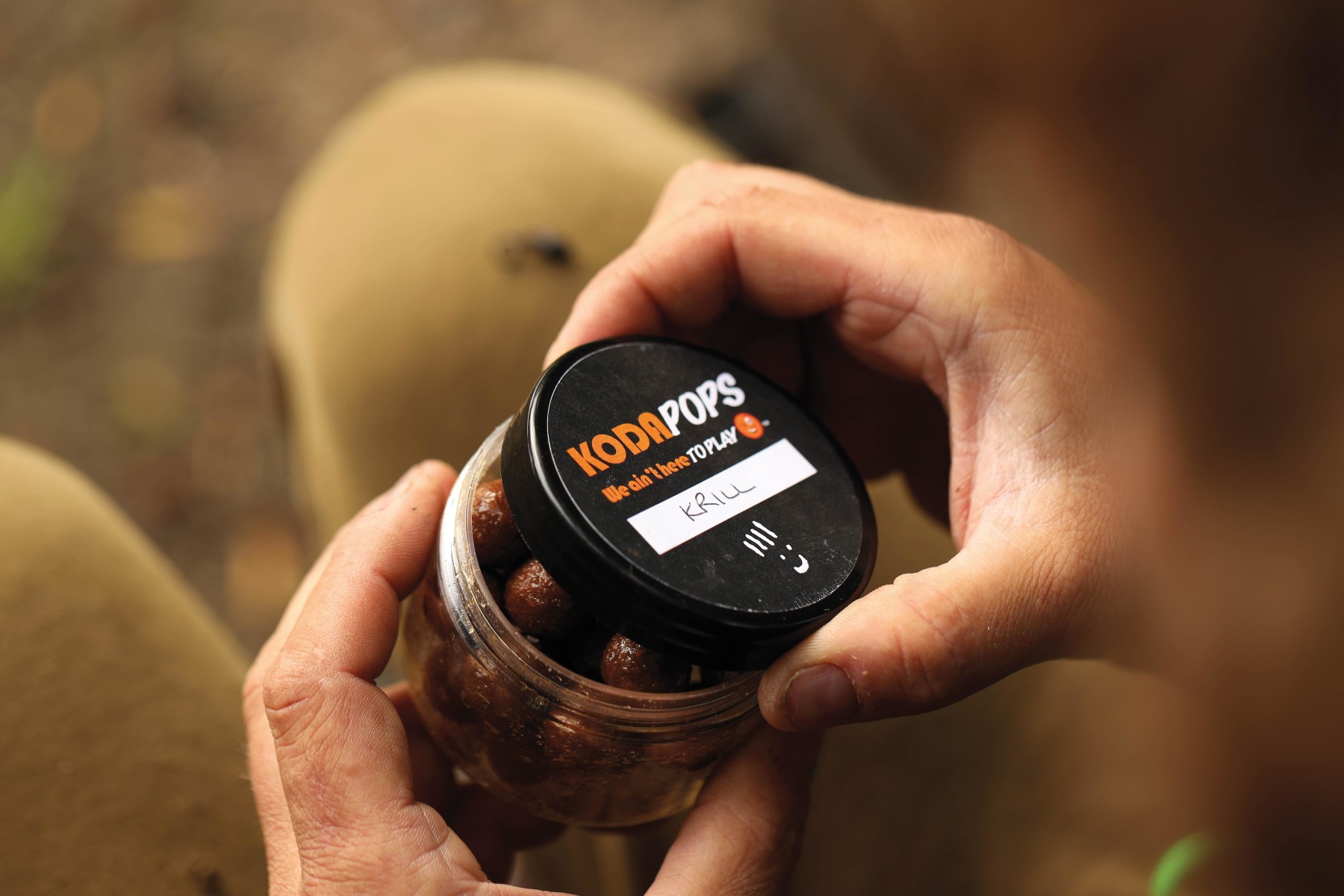Keeping It Old School
Carp rigs come and go, but for Luke Stevenson, the Chod is here to stay.
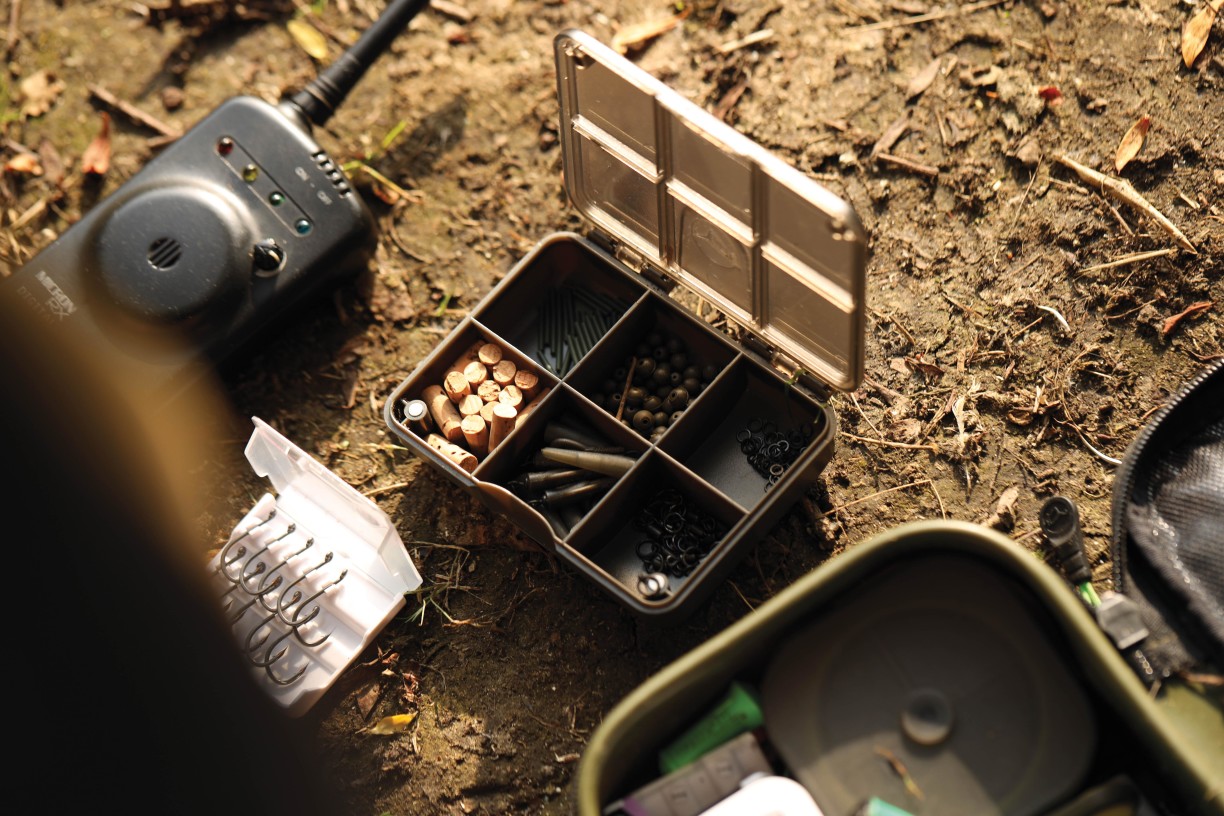
Throughout a lot of my angling, and especially when I’m targeting big carp, I always revert to my favourite method of catching them, which is with Chod Rigs or Hinges over a spread of boilie. They’re forms of angling which have disappeared to some extent, given the rise in popularity of newer rigs such as the Spinner, but I’ve always stuck to my guns and trusted what has caught some lovely carp over time. If it isn’t broken, why change something you have the utmost confidence in? For me, the more anglers follow trends, and the more they lead themselves down the route of what everyone else is doing, the more effective my own angling becomes, as carp can soon wise up to certain tactics.
The art of fishing the Chod Rig relies on a variety of factors, and the substrate you’re going to present on has to suit the set-up. It’s a very discreet way of angling, and I know I can present on pretty much anything that’s in front of me, without worrying about fishing to a clip or a certain area which may have a spot. Let the carp do the talking and fish to what you see. It’s a way of fishing that’s very much angler vs carp, and it’s pretty simple when you look at its technicalities. In essence, I’m not looking for a polished spot or clean area of gravel to present on, I’m looking for a half-decent drop amongst any activity I may have spotted, and I want to go in as quietly as possible. To make it simpler, I’ll break down each aspect and explain them in detail.
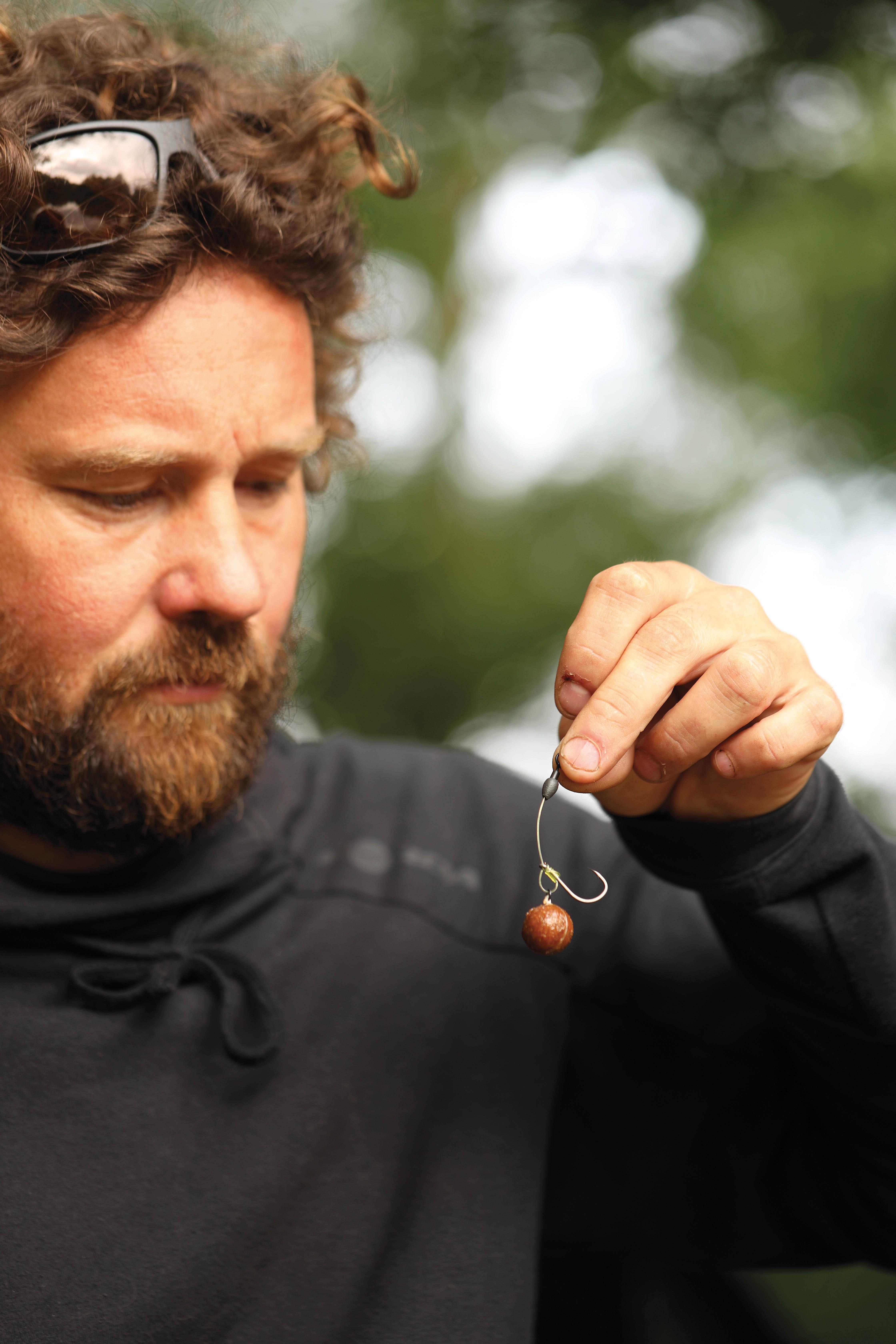
Chods vs Hinges
This year, I’ve been focusing my attention on a venue that is very weedy, and as the carp are amongst the thicker weed, in my opinion, a Chod Rig is the only option. I would use a Hinge on a hooklink for areas which aren’t choked with weed, and that are clean enough to allow a hooklink to settle amongst the substrate. If I do decide to fish to a spot which I have been baiting, and hitting the clip, as such, with an awareness of the spot, I’ll use Hinges. If I’m in doubt, though, a Chod will stay on the line just for reassurance, or if I’m fishing to what I see, and not what I know.
The Baiting Situation/Application
When feeling for drops, the aim is to judge presentation based on the drop. Then, with minimal effort, I bait around the area with washed-out boilies. It’s nothing new, and when you’re looking to establish a bait and an area which they are frequenting, I think washing out your boilies to give them that paler look is a great edge to have. The baits become very soft and super digestible, but they retain a lot of attraction due to the L-Zero-30-T I like to add. Simply empty your desired number of Krill freezer baits into a bucket, pour a good helping of liquid over them, and then cover them with boiling water. They’re then boosted in attraction, washed-out in appearance, and will have become very heavy, and this allows them to be catapulted out, which is my favoured method of bait application. It’s the perfect approach for more intimate waters like the one I’m on now, as it allows me to fish up to around 60yds. Let the carp show you where they want to be, and then react with your angling.
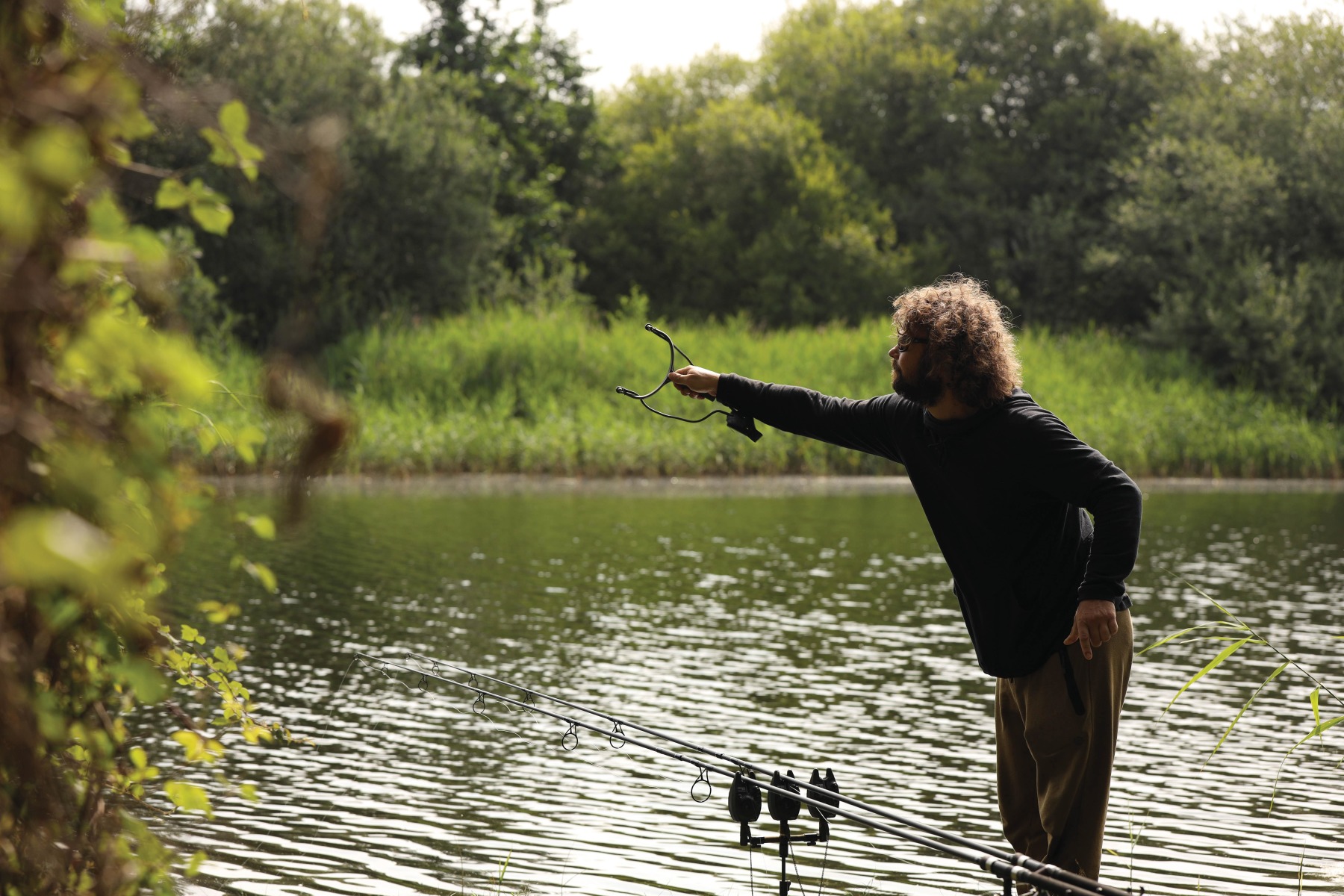
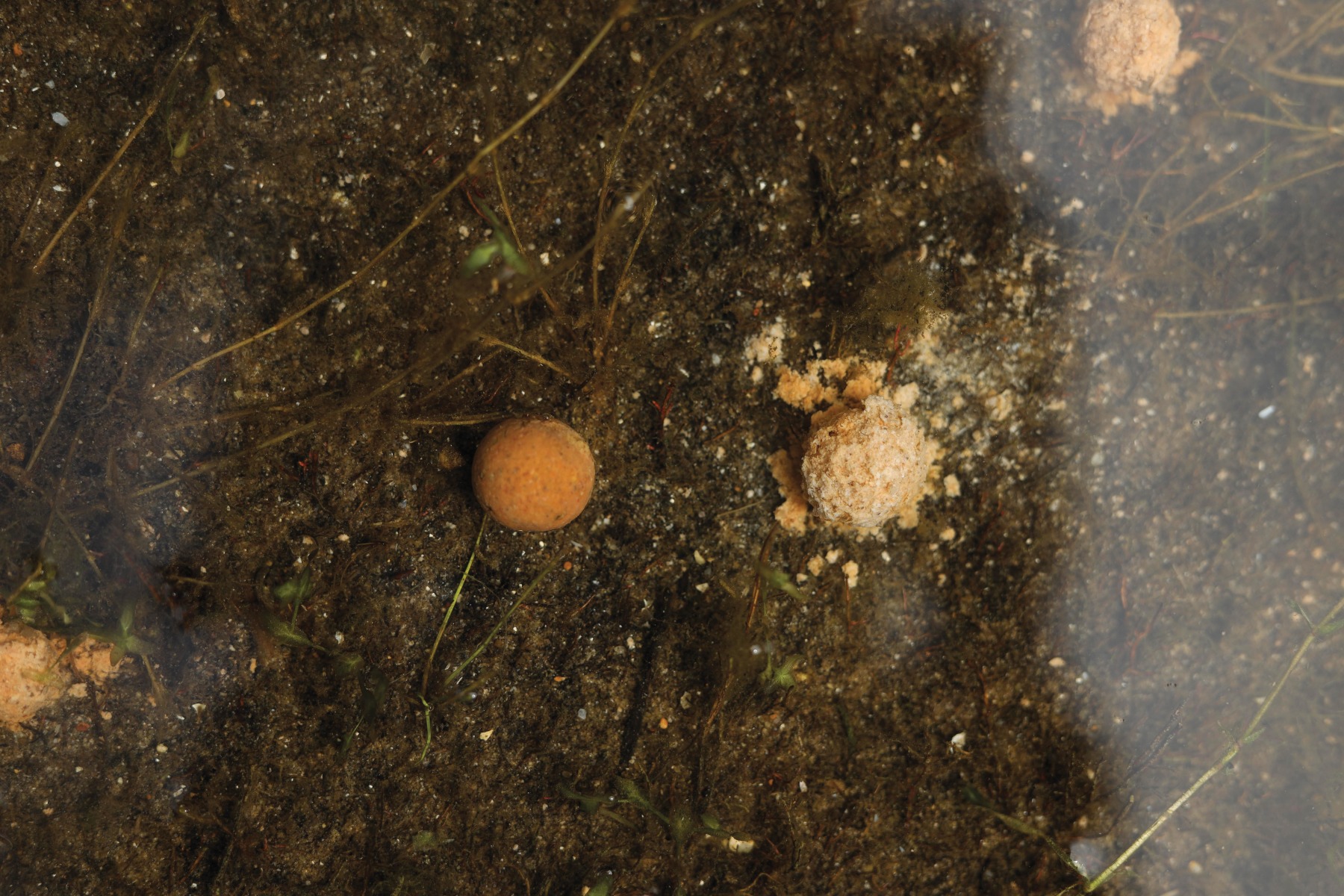
There are times when I’ll use The Krill Active instead of washed-out baits. These would usually be when I’m looking to create an area with more interest. The level of attraction the Active baits produce is madness… they’re like The Krill on steroids! I’ll usually have half a bag of the smaller sizes with me, just for an instant hit of smell on the area, if I feel a bite is on the cards. It also goes out with minimal disturbance too.
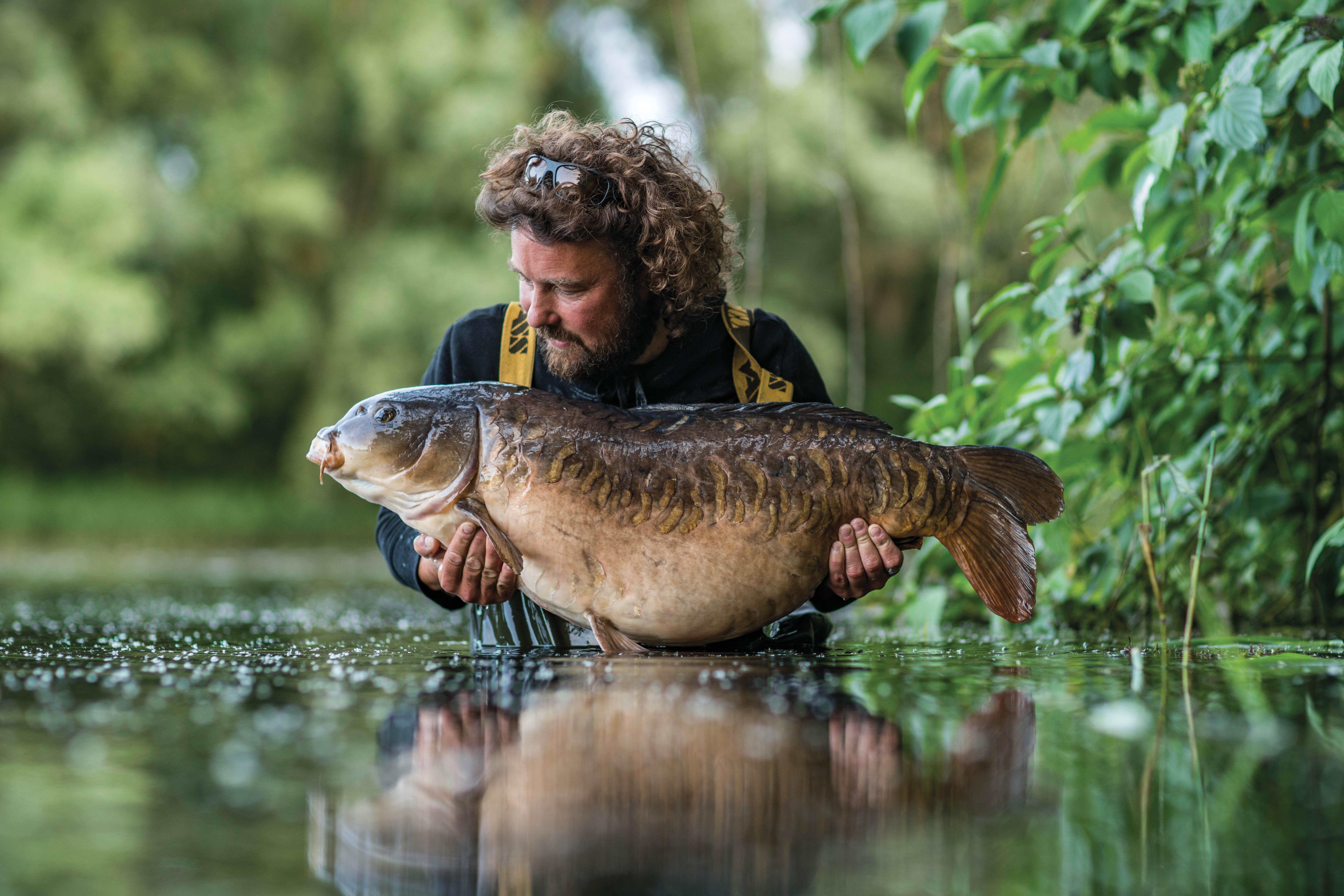
Keeping Mobile
I’ve never been an angler to take a lot of gear, as I simply feel that I don’t need to, given the style of angling I prefer. If I’m being reactive, I’m going to be flicking out one of two rigs, and when it comes to looking for opportunities, I can be on the barrow or walking with the rods and the rucksack in an instant. I can remain comfortable with what I have, but also ensure that my focus is on the location. My rucksack holds everything I need for a few days’ angling, whilst a lightweight brolly and bed see me through the hours of darkness when the time comes to set-up. A small lead pouch with the smaller sizes I prefer will be tucked in the rucksack, along with a very small pouch with all the terminal bits I need, should I have to whip up another Chod.
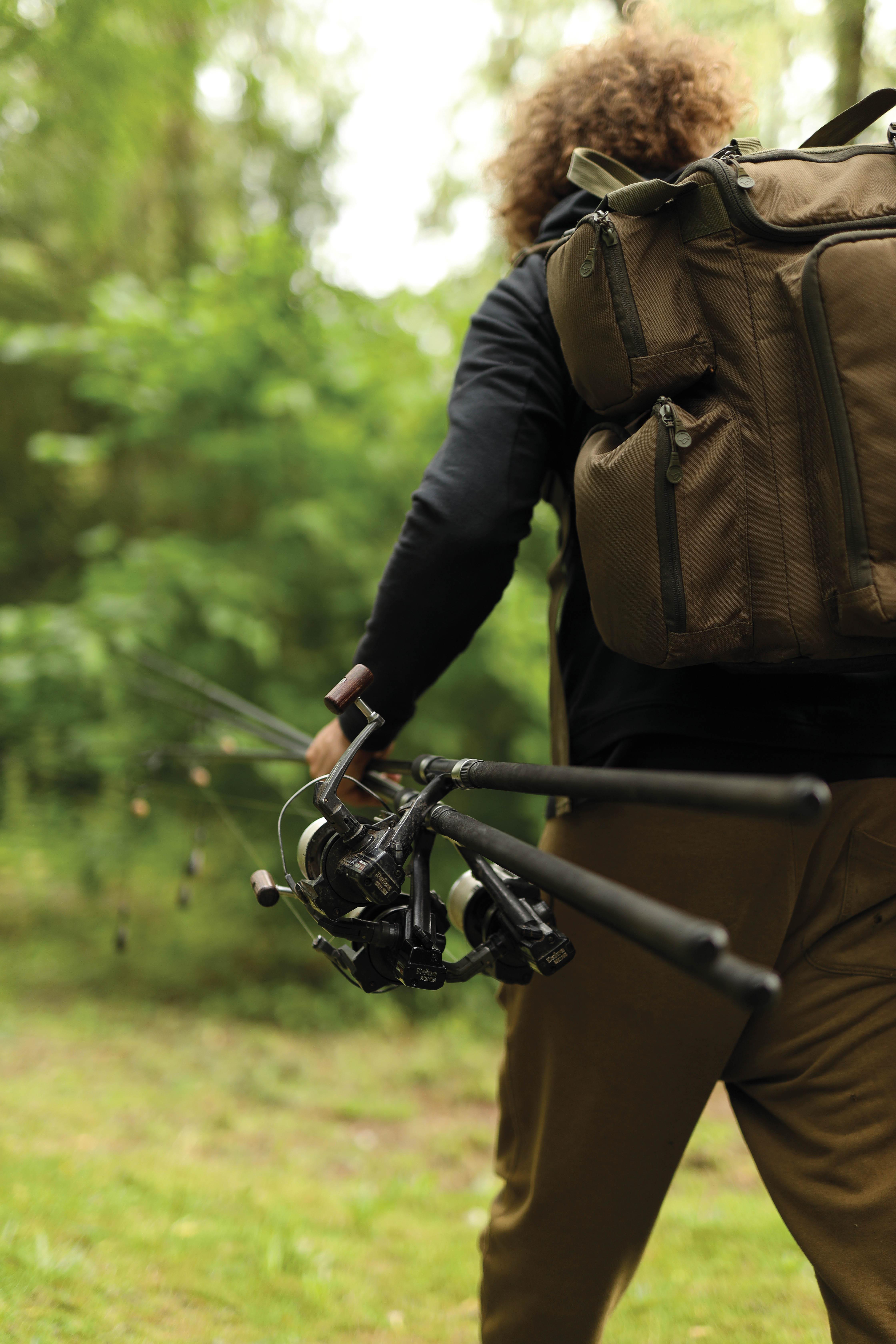
Setting Up The Naked Chod
My preferred way of fishing Naked Chods is with a fluorocarbon main line. The line concealment is as good as it possibly can be, and there remains very little stretch, which obviously helps when feeling for the drops. I then have a naked buffer bead on the line, with a running Chod down to a small leadcore leader with a drop-off system like a Heli-Safe, to ensure that the lead is discarded on the take. One thing I do slightly differently with my own set-up is use a short leader on the end. I like to fish them this way to stop the Chod going near the lead system on the drop. It means that there’s always around 12-inches of line that allows the Chod to settle on, wherever it lands. The bead between the fluorocarbon and the leader then acts as a buffer, whilst also covering the knot which attaches both lines together. This then slides down when I’m playing a carp, and the leadcore acts as a solid piece of material to withstand the pressure of the fight.
On the business end, I’ll use a super-sharp hook to give me the best possibility of converting a pick-up into a bite, along with a 15mm hand-rolled Krill corkball pop-up. I’ll usually make these myself, but more recently, if I’ve not had the opportunity, I’ve used some rolled by my mate Mark at ‘Koda Pops’. He uses the exact same ingredients from Sticky to roll them, and that for me is vitally important. My confidence with The Krill goes back years, and I certainly wouldn’t want anything else on the hook in this situation, apart from a match-the-hatch pop-up that’s done me proud over the years.
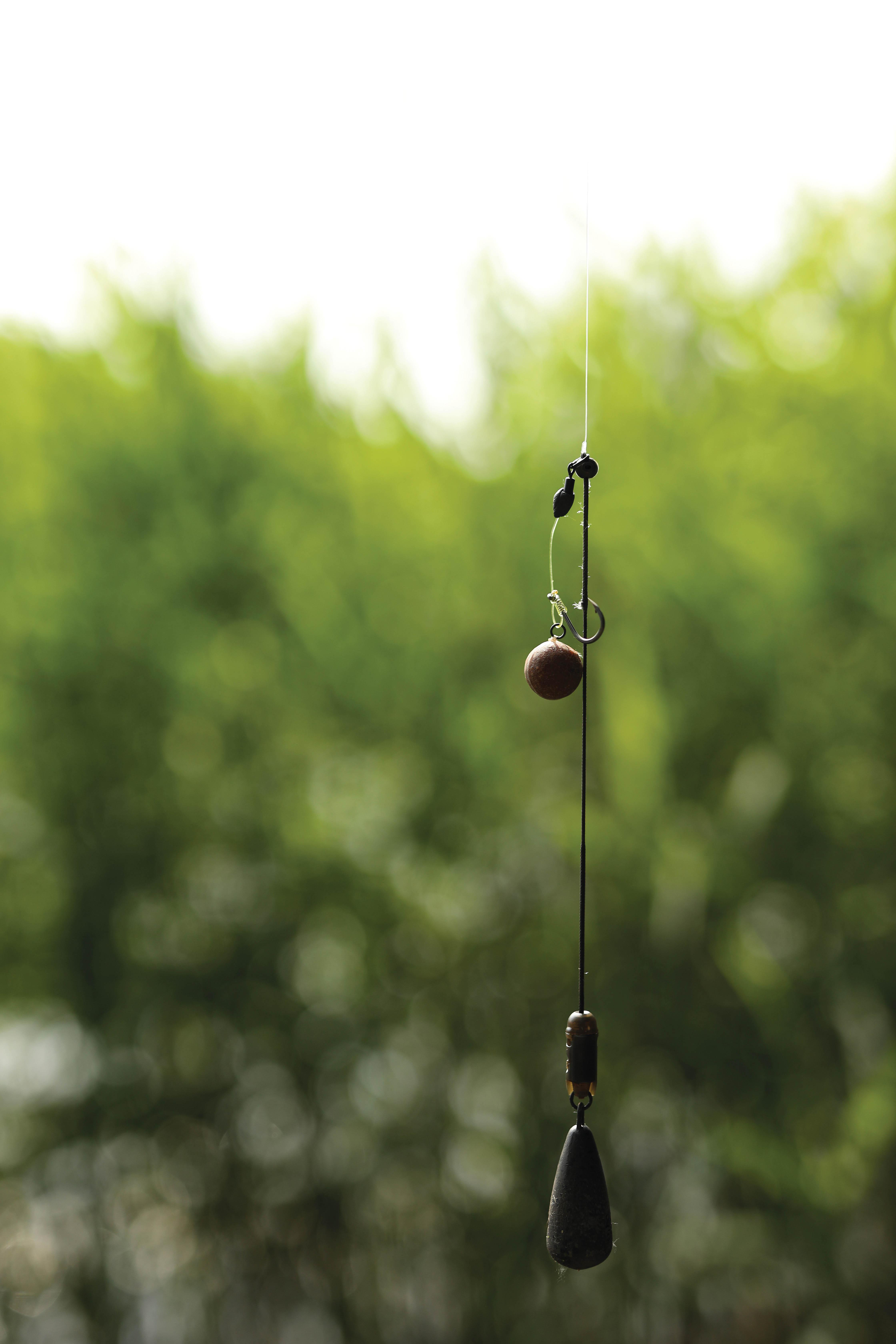
Effort Equals Reward
I guess this would be an accumulation of all the above, as each little aspect or percentage contributes to form the bigger picture. By having full confidence in your bait and tactics, you can channel the majority of your efforts into things like location, watching the water and looking for those feedings signs. A lot of lakes come alive at first light, and I’ll often take a short stroll down the bank with the receiver—as long as it’s not snaggy—to check areas and look for any new opportunities. Consistency is key. If you can get into this routine, whilst you may feel drained at times due to lack of sleep, I guarantee that you’ll spot far more than if you just scroll on your phone when you wake up, or choose to lie in.
There’s no doubt that other rigs will catch you fish in the same situation as that described above, but for me, it’s all about confidence. A confident angler is a dangerous one. If you can get in that mindset with your angling, I have no doubt that results will follow.
